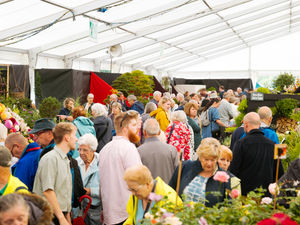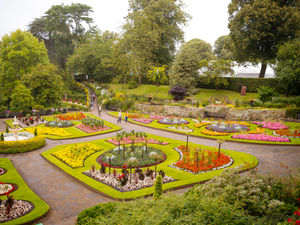Rare Saxon hall find at Attingham excites the experts
The remains of an Anglo Saxon hall have been discovered by archaeologists on the National Trust’s Attingham estate near Shrewsbury.
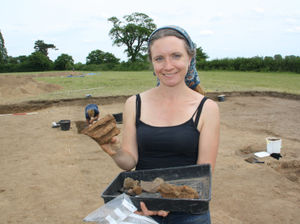
Experts consider it to be a particularly exciting find because only a small number of Anglo Saxon halls have been excavated in Britain.
National Trust archaeologist Janine Young said: “We are delighted with our findings. What we have discovered was certainly a high status building from the Anglo Saxon period - possibly a feasting hall, or could even be a palace.
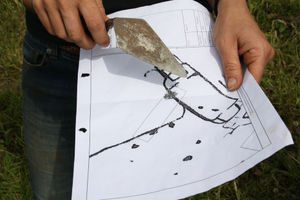
"We have identified that the building was of wooden frame, dug into a trench with wattle and daub walls, samples of which were found during the dig.”
The site, close to Attingham Park, was first thought to contain archaeological remains in 1975 when an aerial photograph revealed a complex set of crop marks.
Its striking similarity to other important excavations resulted in the field being designated a Scheduled Ancient Monument, but no further investigations were carried out at that time.
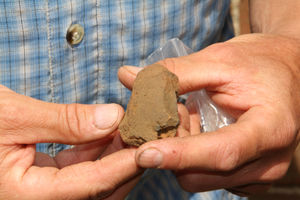
However, because of an increasing amount of damage caused by burrowing rabbits, and the potential threat of rogue metal detectorists disturbing the remains, the National Trust decided to launch an archaeological dig. This was carried out last summer, the results of which have only now been disclosed.
Working with Dr Roger White from the University of Birmingham, Janine successfully applied for permission from the Secretary of State for Culture, Media and Sport for consent to undertake the excavation, which included digging two large trenches.
A number of items have been found including several Roman coins, three Roman brooches, Roman pottery, a Saxon loom weight and part of a Viking stirrup mount, as well as a probable Anglo Saxon strap tag.
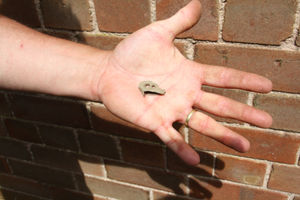
Dr White said: “As one of only a small number of Anglo Saxon halls to be excavated in Britain this makes it a very significant discovery.
“We believe the wooden hall burnt down at some point, and despite the damage to the site from the fire and over the years, we’re still confident of working out the exact era that the hall was built and used in.”
Samples of charcoal have been sent to a specialist radio carbon dating centre in Glasgow for examination. The results are due later this year and should clarify the exact date of the building. The dating window is between 400AD to 1066.
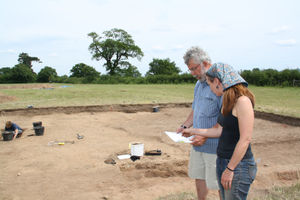
The dig was aided by metal detectorists from the Newport Historical Society, who have thoroughly examined the entire field to ensure that no artefacts were missed. An intern with the Portable Antiquities Scheme, funded by the British Museum, also assisted in the excavation.
Staff at the Attingham Estate will be hosting talks on the excavation of the site later in the year.
The 1970s aerial image which gave the first clue about the existence of the hall was taken by Professor J.K. St Joseph of the Cambridge University Committee for Aerial Photography.

Jo Armstrong of the National Trust said: "The site is in an agricultural field, on the wider Attingham estate, and not within the grounds of Attingham Park itself.
"It has now been grassed over and there is nothing to find there any more as a metal detector team from Newport Historical Society pored over the whole field."



